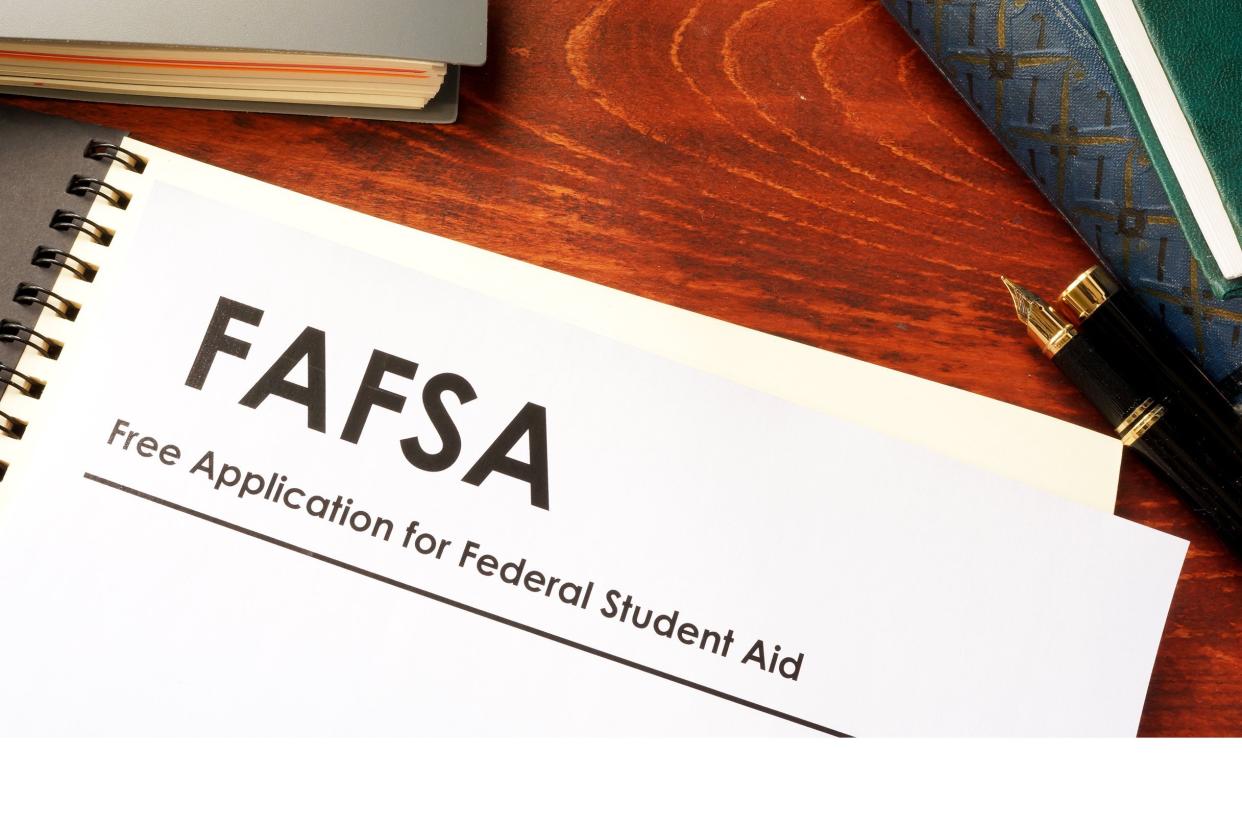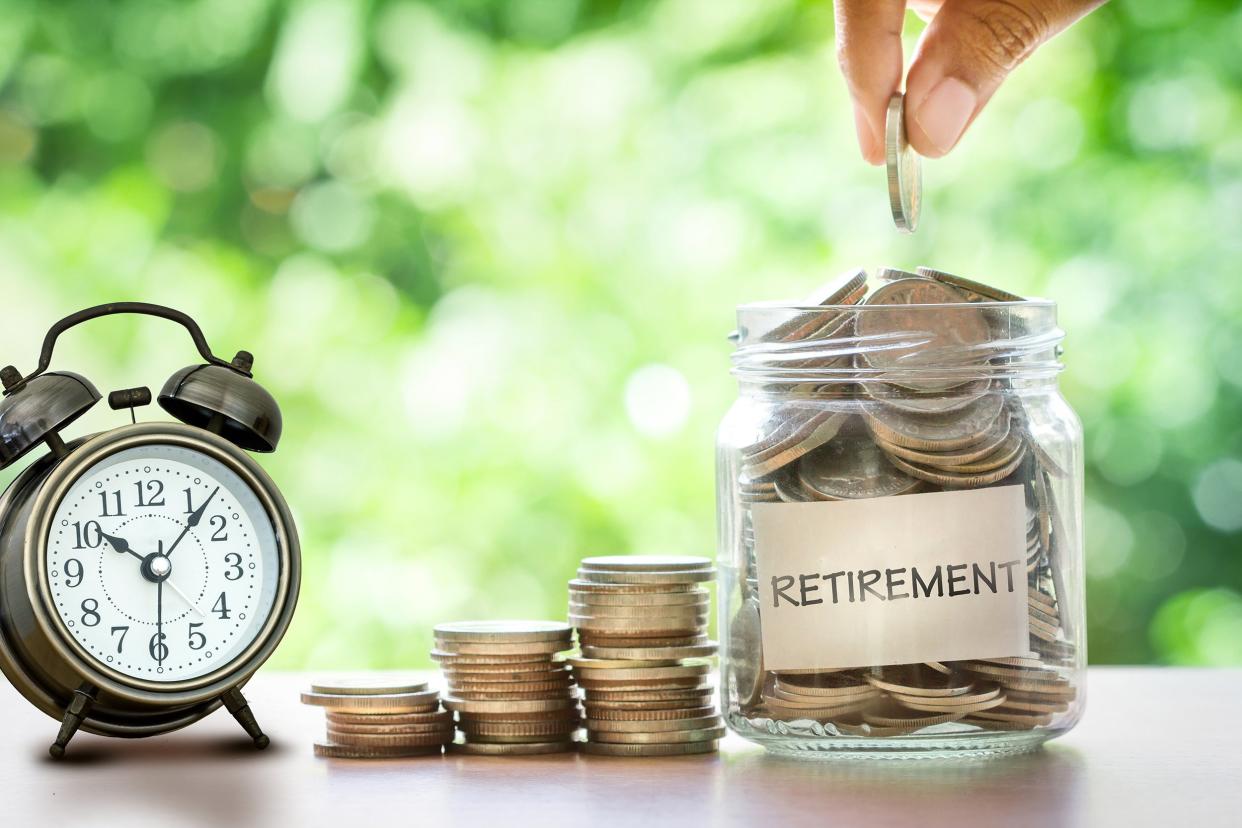12 Things to Know About Student Loans Right Now

Whether you have a college degree or are pursuing one, chances are high your diploma carries thousands, tens of thousands, or even hundreds of thousands of dollars in debt. Though President Joe Biden announced plans to cancel $10,000 in debt for those earning less than $125,000 a year (or families earning less than $250,000) and an additional $10,000 in debt forgiveness for Pell Grant recipients, chances are good you owe more. A lot more. Student loan debt is painfully common in the U.S. — but so is ignorance about how to make the best of it. Further confusing matters, courts have blocked Biden's loan forgiveness plan as his administration works to overturn litigation to push things through. Luckily, the pause on federal student loan repayment has been extended to June 2023. If the forgiveness plan hasn't been cleared by that time, borrowers could see an additional extension on the repayment pause.
Related: 30 Famous People Who Were Kicked Out of School

This reversal came as a big surprise — and not a welcome one. Students who took out federal student loans such as Perkins Loans and Federal Family Education Loans count for up to 4 million borrowers (the FFEL program ended in 2010). The Department of Education said on its website that these borrowers could consolidate their loans into federal direct loans to qualify for relief — until, that is, the agency changed course. Now the department is excluding borrowers whose loans are held with private lenders. On the other hand, qualifying borrowers who received a Pell Grant alongside their federally-held loans during college are eligible for up to $20,000 of debt forgiveness.
Related: 19 Billionaires Who Didn't Go to College

About 43 million students in the U.S. hold a collective $1.75 trillion — with a "t" — in student loan debt. Total student loan debt is expected to exceed $2 trillion by 2024 and $3 trillion by 2038, according to sources cited by My Credit Summit. It's all the more astonishing considering that student loan debt was $345 billion in 2004. At public universities, the average attendee borrows $30,030 for a bachelor’s degree, while those at private, nonprofit university incur $33,900 and students at private, for-profit schools spend $43,900. More than 11% of debtors are delinquent or in default.
Related: How You're Destroying Your Credit Score Without Knowing It

Though President Biden's long-awaited debt-forgiveness came as welcome news for many indebted college graduates, the Federal Trade Commission has warned that scammers are using the announcement as potential bait. Anyone who offers to "get you in early, help you jump the line, or guarantee eligibility" are trying to scam you, a consumer alert from the FTC says, adding that "anybody who says they can — or tries to charge you — is (1) a liar, and (2) a scammer." A newsletter subscription from the Department of Educucation can help keep you up to date on debt-forgiveness programs.

Private and public money is available to students for college, but most experts advise pursuing federal aid before going to a bank. Federal aid offers borrower protections most private loans don't. And private loans often come with risky variable rates and an even riskier lack of borrowing limits.

If you're looking for a federal student loan, there are options. Direct loans are what they sound like: loans paid directly to a student. Perkins loans turn schools into the lenders, which are then owed the money. For borrowers who demonstrate additional need, some direct loans are subsidized. Direct PLUS loans are issued to parents who need help paying for a child's education.

It's natural to want to climb out from under student loan debt as soon as possible. But if early payment comes at the cost of a neglected retirement account, you could short yourself hundreds of thousands of dollars by age 65. Experts advise making larger loan payments only after contributing enough to a 401(k) to get the full company match.

Traditional student payment plans are structured through fixed payments for 10 years, a strategy designed to reduce the amount of interest the borrower pays at the expense of higher monthly payments. Income-driven plans, on the other hand, formulate payments based on factors such as the borrower's family size and, of course, income. Loans based on income might lead to more interest paid in the long term, but with monthly payments that are much more manageable.

Traditional and income-driven plans are just two ways to repay loans. Other structures include graduated repayment plans, which start with lower payments that rise over time. Extended payment plans can run for 25 years. Revised pay-as-you-earn plans are based on discretionary income.

Borrowers can seek student loan forgiveness in several ways. Consumers who perform public or nonprofit work, for example, may qualify for the Public Service Loan Forgiveness Program. Those who took out Perkin Loans can seek to have the loan canceled if they work in an eligible field. Nurses, teachers, doctors, lawyers, and military personnel all have special forgiveness programs, as well. President Biden's debt cancellation plan would forgive $10,000 in loan debt for individuals earning less than $125,000 a year with an additional $10,000 for Pell Grant recipients.

Student loans are technically counted among debt that borrowers can wipe out by declaring bankruptcy. In reality, however, that almost never happens, because the standards of proof are so high. Borrowers have to display hardship that would deny them a basic standard of living, and also prove they honestly tried to pay.

Borrowers can request loan deferments, which temporarily suspend payments, when they lose a job or encounter some other hardship. Unless the loan is subsidized, however, interest continues to accrue and is added to the total cost of the loan. The other risk is that deferment often renders the borrower ineligible for loan forgiveness plans. As part of his debt-forgiveness plan, President Biden proposes to extend the pause on federal student loan payments through the end of 2022 — for the seventh and final time.

When couples get married, they often learn that their student loan situation changes right along with their relationship status. First of all, spouses can act as co-signers for refinancing applications. In some cases, couples may be able to refinance their loans together. Also, eligibility for some repayment plans may change once you get married.

Like Cheapism's content? Be sure to follow us.
